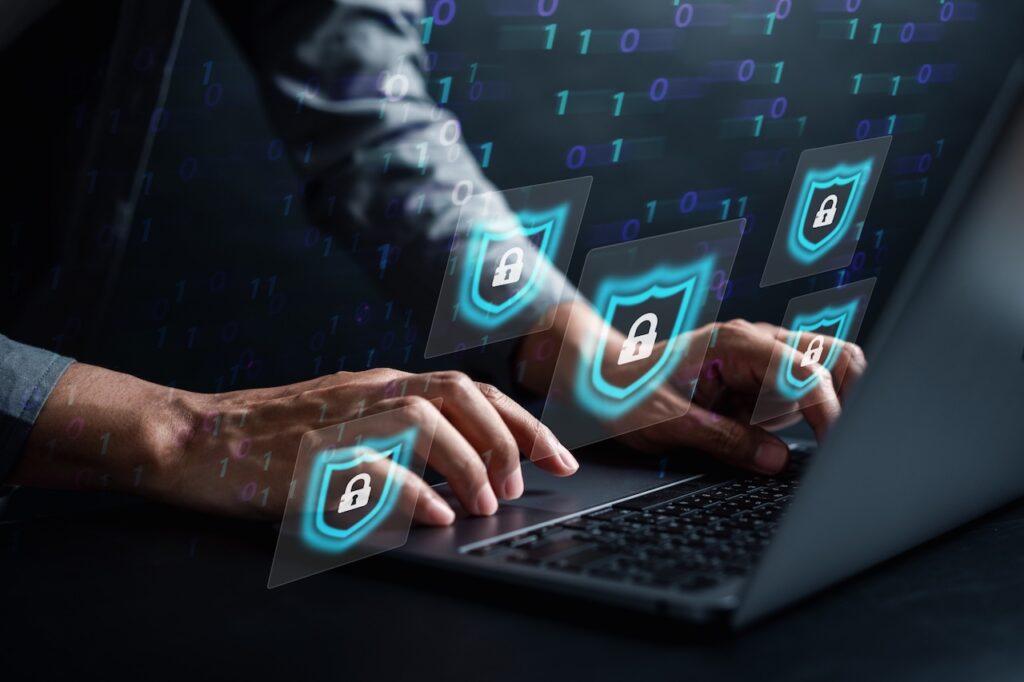The digital landscape has witnessed a surge in sophisticated cyber threats, with Akira ransomware emerging as one of the most concerning developments since March 2023. This malicious software has affected countless organizations worldwide, leaving businesses scrambling to recover their essential data and restore normal operations.
What Makes Akira Ransomware So Dangerous?
Akira operates as a double-threat attack, combining data encryption with data theft. Unlike simple viruses that merely disrupt systems, this ransomware encrypts valuable business files while simultaneously stealing sensitive information. The cybercriminals behind Akira then demand payment for both file decryption and to prevent the public release of stolen data.
The malware targets businesses of all sizes across various industries, with particular focus on:
• Healthcare organizations and medical facilities
• Educational institutions and universities
• Manufacturing and industrial companies
• Financial services and banking sectors
• Government agencies and municipal services
SOS Ransomware, a specialized data recovery company, reports that Akira infections have become increasingly prevalent, affecting organizations that previously considered themselves well-protected against cyber threats.
How Akira Infiltrates Your Systems
Understanding how Ransomware Akira enters computer networks helps organizations recognize warning signs and potential vulnerabilities. The most common entry points include:
Compromised user credentials obtained through data breaches or weak password practices represent the primary attack vector. Cybercriminals purchase these credentials on dark web marketplaces, then use legitimate login processes to avoid detection.
Unpatched software vulnerabilities provide another avenue for initial system access. Akira operators actively scan for organizations running outdated systems with known security flaws, exploiting these weaknesses to establish their foothold.
Once inside a network, the attackers move carefully through connected systems, gathering information about the organization’s digital infrastructure before launching their encryption attack.
The Encryption Challenge
Akira employs sophisticated encryption methods that make unauthorized file recovery extremely difficult. The malware uses advanced mathematical algorithms to scramble file contents, rendering documents, databases, images, and other digital assets completely inaccessible without the proper decryption key.
Each infected file receives individual treatment, meaning that even partial recovery requires comprehensive solutions rather than simple fixes. The encryption process affects not only primary data storage but also backup systems and network-connected devices.

Recovery Options and Professional Assistance
When facing Akira infections, organizations have several potential paths forward. Professional data recovery specialists offer the most reliable solution, combining technical expertise with specialized tools designed specifically for ransomware situations.
These experts understand the intricate details of various ransomware strains and maintain resources that individual organizations cannot practically develop internally. Recovery success depends heavily on factors such as the specific Akira variant involved, the condition of encrypted files, and how quickly professional intervention begins.
Free decryption tools exist for certain ransomware variants through initiatives like the No More Ransom Project, though availability varies significantly based on the specific malware version encountered.
Prevention Remains the Best Defense
Implementing robust security measures before an attack occurs provides the most effective protection. Essential preventive strategies include regular security training for employees, comprehensive backup systems with offline components, and prompt installation of software updates.
Multi-factor authentication significantly reduces the risk of credential-based attacks, while network monitoring tools can detect suspicious activities before they escalate into full-scale ransomware deployments.
Organizations should also establish incident response plans that outline immediate steps to take when suspicious activities are detected, potentially limiting the scope and impact of successful attacks.
Moving Forward After an Attack
Recovery from Akira ransomware requires patience and professional guidance. Each situation presents unique challenges that demand careful analysis and customized solutions. Working with experienced data recovery professionals provides the best opportunity for successful file restoration while minimizing further risks to organizational security.
